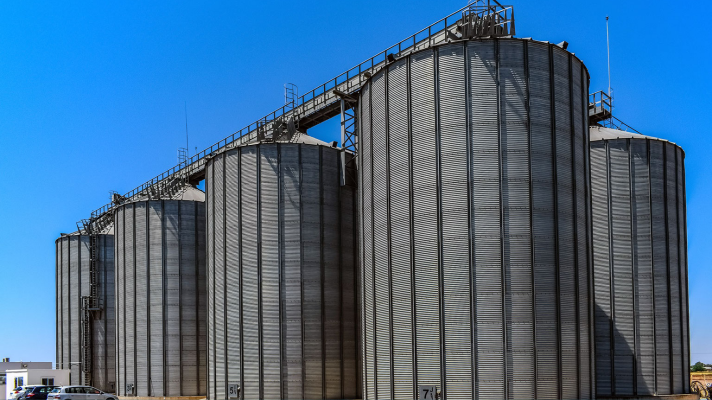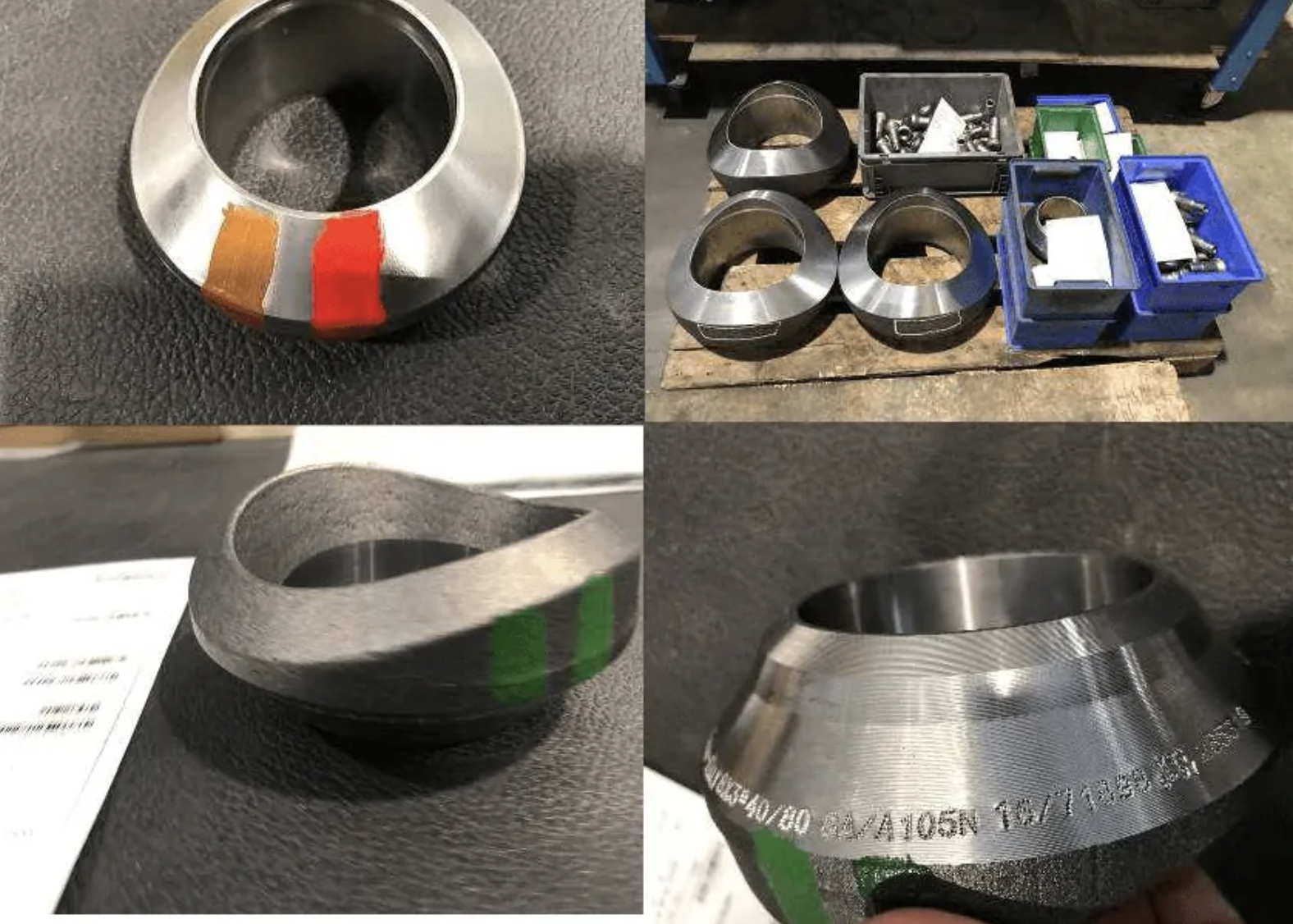Industrial plants need massive above-ground containers to store chemicals and oil. The plant must maintain the structural integrity of the plant by assessing damages and repairing faults. Unfortunately, evaluations can disrupt operations within the facility. Non-destructive testing is a non-invasive evaluation technique industries use today.
Here are the different types of NDE inspections for testing above ground storage tanks.
1. Magnetic Flux Leakage (MFL)
MFL works by inducing a magnetic field in a ferromagnetic material. It involves passing electrical currents through metal and then measuring the resulting magnetic field. Materials have varying levels of conductivity, which makes detecting impurities possible.
An NDE inspection company may use Magnetic Field Leakage techniques to identify leakages and corrosion on the tank floor. It can detect variations in the volume of material to point to a fault that is under the surface of the floor plates.
2. Magnetic Particle Testing
Magnetic Particle Testing (MT) differs from MFL in that it detects the lines of magnetic force. The inconsistencies in the flux can indicate the presence of leaks and cracks. MT is highly accurate in measuring faults in the tank along welds, as well as cracking on the surface. It is a widely applied NDE technique, thanks to its cost-effectiveness.
3. Leak Testing
While MFL is ideal for detecting volumetric differences, it is not sensitive to inconsistencies in the material. The vacuum-box technique applies a pressure difference on the surface of the tank. If there is a leakage, there will be a formation of bubbles.
The most common application of vacuum-box testing is in checking the integrity of tank floor welds. The technique can detect leakages in inaccessible parts of the storage tank.
4. Ultrasonic Thickness Testing (UTT)
UTT is another method that measures material thickness used in RBI inspections. It applies sound waves across a substance to detect loss by assessing sonic beams. The technique is useful for determining material losses resulting from corrosion.
One reason it is common for storage tank inspections is that it provides useful and accurate results. You can get accurate data even when one side of the container is inaccessible. It can determine compliance with building regulations by referencing the information with compliance codes.
5. Phased Array Ultrasonic Testing (PUAT)
PUAT utilizes multiple transducers to create ultrasonic waves to detect flaws. Each device generates unique waves that sweep through the material. You only require one probe to produce two or three-dimensional data of the storage tank’s structure. Therefore, it is useful for testing areas of the storage tank that are inaccessible.
During NDE inspections, a PUAT probe will project waves at different angles. A computer will take the data and create visuals. The technique is accurate in measuring the thickness of materials, corrosion, and flaws. PUAT can produce large amounts of quality data in a short time.
Conduct an NDE Inspection Today
There are many different techniques used during NDE inspections to detect material flaws. A report will capture the storage tank inspections data that you can refer to for future maintenance and repair tasks. The best method for your application will depend on factors such as accessibility and the nature of the defect.




